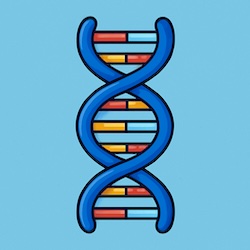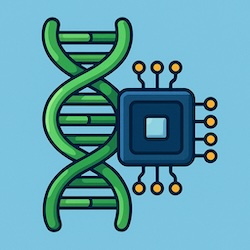
1. Water, an essential element of life. (167 words)
Discover the complex technologies needed to treat and deliver this invaluable resource to humans.
Water is not easily transported. It is heavy and cannot be compressed. One gallon alone weighs more than 8 pounds. And an enormous amount of electricity is required to help it move within the distribution system, making its transportation costly.
Laws such as the Clean Water Act and Safe Drinking Water Act set forth by the United States Environmental Protection Agency established quality standards to help protect public health, safety and the environment.
These quality standards are amongst the toughest in the world, and continue to evolve, so water utility companies are regularly investing in sophisticated and expensive treatment technologies, such as UV, membrane and reverse osmosis to keep us safe and ensure an adequate supply of drinking water. As a result, today our drinking water is safer than it was 20 years ago.
Another challenge is that the systems and networks used to bring water to us do not last forever. All infrastructure ages, and the same is true of water’s unseen pipes and transport systems.

2. DNA vs RNA. (200 words)
Highlighting similarities and differences between DNA and RNA, shedding light on their molecular properties and functions.
So let’s compare and contrast DNA with RNA. First you will find DNA and RNA in all living organisms.
In eukaryotic cells, DNA tends to be found in the nucleus while you can find RNA both inside and outside of the nucleus. Prokaryotic cells don’t have a nucleus. Both DNA and RNA are nucleic acids, which are a type of biomolecule. Nucleic acids have a monomer --which is a building block. The monomer for nucleic acids is a nucleotide so both DNA and RNA have nucleotides. The nucleotides of both RNA and DNA have three parts: a phosphate, sugar, and a base.
DNA is generally double stranded, and if focusing on these two strands of nucleotides here, you can see they run antiparallel to each other. RNA is generally single-stranded so you’re just seeing one strand here. The sugar in DNA is deoxyribose and the sugar in RNA is ribose. This makes sense because DNA stands for deoxyribonucleic acid. That’s helpful to know because the “deoxyribose” is a sugar, and “nucleic acid” is that type of biomolecule it is. RNA stands for ribonucleic acid as its sugar is ribose. The bases in DNA are adenine, thymine, guanine, and cytosine.

3. When Biology meets Computer Science. (173 words)
Meet Anne Carpenter, computational biologist and senior director of the Imaging Platform of the Broad Institute of MIT and Harvard.
I actually never planned to go into computer science for a living. If you had told me growing up as a little girl that was going to be my career path I would have really thought you’d lost your mind. I was interested in biology because of the impact on human health, and I wanted to figure out how I could help cure different diseases, and I was really excited about that.
I only got into computer science out of necessity. It was during my PhD that I started on a project that required capturing a lot of images on a microscope. Basically, me sitting at the microscope for four hours a day, incredibly tedious, incredibly boring, and I thought, well, this microscope comes with some software that allows you to program it. And I ended up creating this monster of a blob of code that allowed it to capture images and analyze them. That really got me hooked, seeing the power of being able to accelerate the biology was really enticing to me.